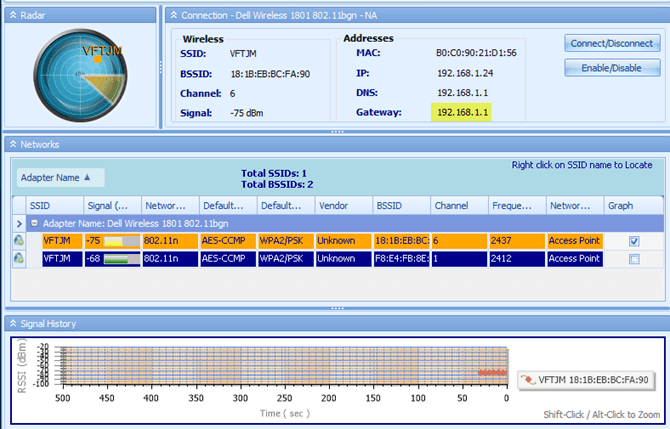How Do I Check My Router Settings For Mac
Kingston ram for macbook pro. Wireless Diagnostics asks for optional information about your base station or other router, so that it can include that in the report it saves to your Mac. Click the info button next to each item in the summary to see details about that item.
If Wireless Diagnostics finds an issue, it stops monitoring and shows a brief description of the issue. You can then resume monitoring or continue to the summary for details and recommendations. Wireless Diagnostics automatically saves a diagnostics report before it displays its summary. You can create the same report at any time by holding down the Option key and choosing Create Diagnostics Report from the Wi-Fi status menu. It can take your Mac several minutes to create the report.
When you're done, you may be asked to log in again to your router. After you've done that, just close your browser. Okay, that doesn't sound too hard.
A 40MHz channel is sometimes called a wide channel, and a 20MHz channel is a narrow channel. Set to: 20MHz Use 20MHz channels in the 2.4GHz band. Using 40MHz channels in the 2.4GHz band can cause performance and reliability issues with your network, especially in the presence of other Wi-Fi networks and other 2.4GHz devices. A 40MHz channel might also cause interference and issues with other devices that use this band, such as Bluetooth devices, cordless phones, and neighboring Wi-Fi networks.
• macOS Sierra saves the report to the /var/tmp folder of your startup drive, then opens that folder for you. To open the folder manually, choose Go > Go to Folder from the Finder menu bar, then enter /var/tmp. • OS X El Capitan or earlier saves the report to your desktop. The report is a compressed file with a name that begins “WirelessDiagnostics.” It contains many files that describe your wireless environment in detail. A network specialist can examine them for further analysis. Wireless Diagnostics includes additional utilities for network specialists.
What is the last version of JabRef requiring less than Java 7, i.e. Skype latest version for mac. Actually, I found that even for Java 7 (and later versions) “you will need an Intel-based Mac running Mac OS X version 10.7.3 (Lion) and above”, according to. Running with Java 6?

Still can't get in? Dfs cdma tool keygen for mac. Then you'll need to try to find the default username and password. Your best bet is to run a Google or Bing search with the brand name of your router followed by the phrase default username and password, such as 'netgear router default username and password' or 'linksys router default username and password.' The search results should display the default username and password.
You might first try one of the common default passwords: admin, password, 1234, 12345, and none (that is, leave the password field blank). Proclaim marketing on flowvella review. If all else fails, try resetting your router. • After the router’s logon screen, you go to a mini Web site with many pages where you can change settings. When you’re done, save your settings and exit your router’s internal configuration page. Exactly what you can do on a router configuration page varies by model, but common capabilities include setting a new username and password; configuring how your router connects to your high-speed Internet modem; turning on or off a built-in firewall; allowing certain ports to be visible through the firewall; and setting parental controls.
How Do I Check My Router Mac Filtering Settings
Your Mac can use Wireless Diagnostics to perform additional analysis. • Quit any apps that are open, and, if possible. • Hold down the Option key and choose Open Wireless Diagnostics from the Wi-Fi status menu. • Enter your administrator name and password when prompted. Wireless Diagnostics begins analyzing your wireless environment: If the issue is intermittent, you can choose to: When you're ready to see recommendations, continue to the summary.
How Do I Check My Router Firewall Settings
• Log into your router (see the previous section for instructions). • Look for a Setup or Wireless Setup subsection; they're usually located on the left side or top of the window. • In the Wireless Setup menu, enter you're preferred router name and password in the for the Name (SSID): and Passphrase: sections. • Click the button to save the new settings, and then exit the router configuration screen. Resetting the router to factory defaults If you make a mistake configuring your router, or if you can't log in with your router's default username and password, you can reset your router to its factory default settings. On most wireless routers, a button devoted to this function is located in back of the device. The button may or may not be labeled, and it may be recessed so that it can only be pressed with the end of a paperclip.